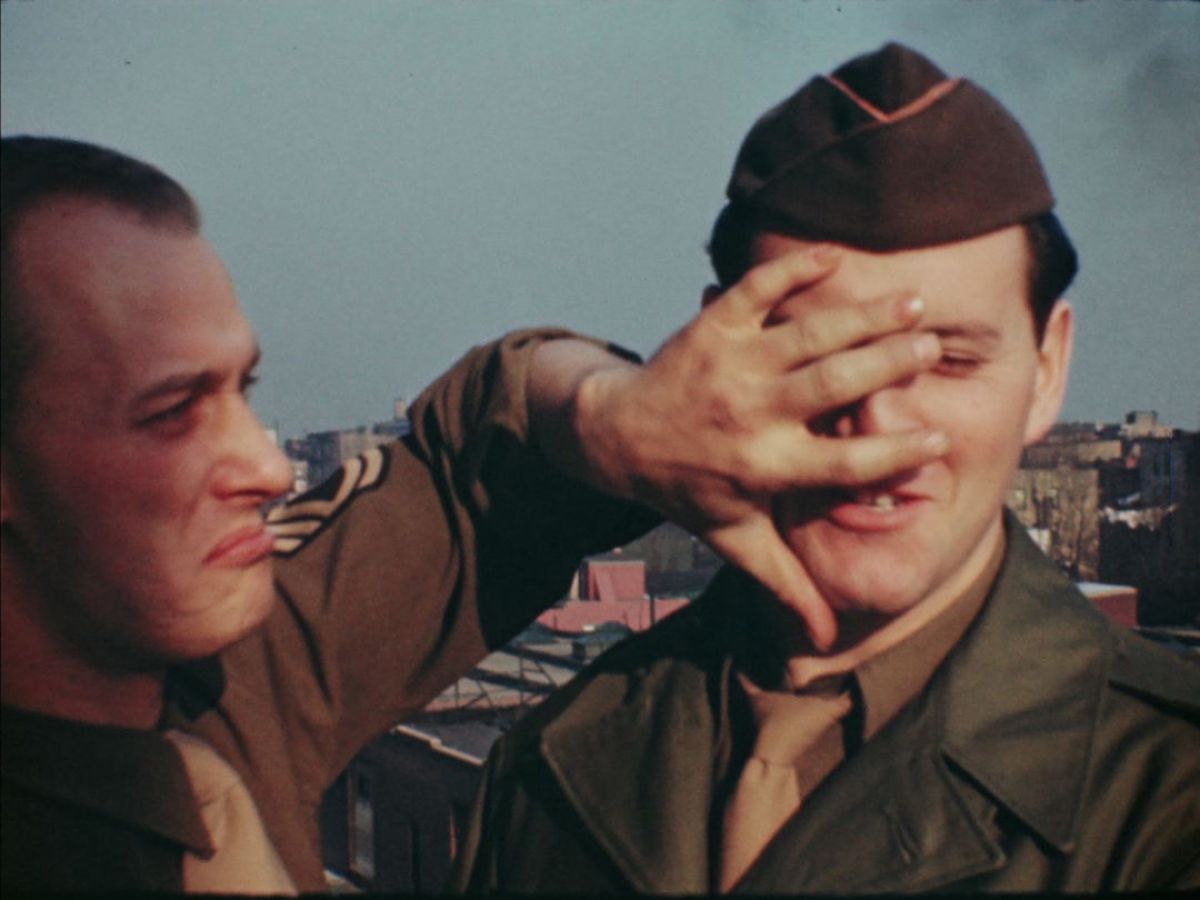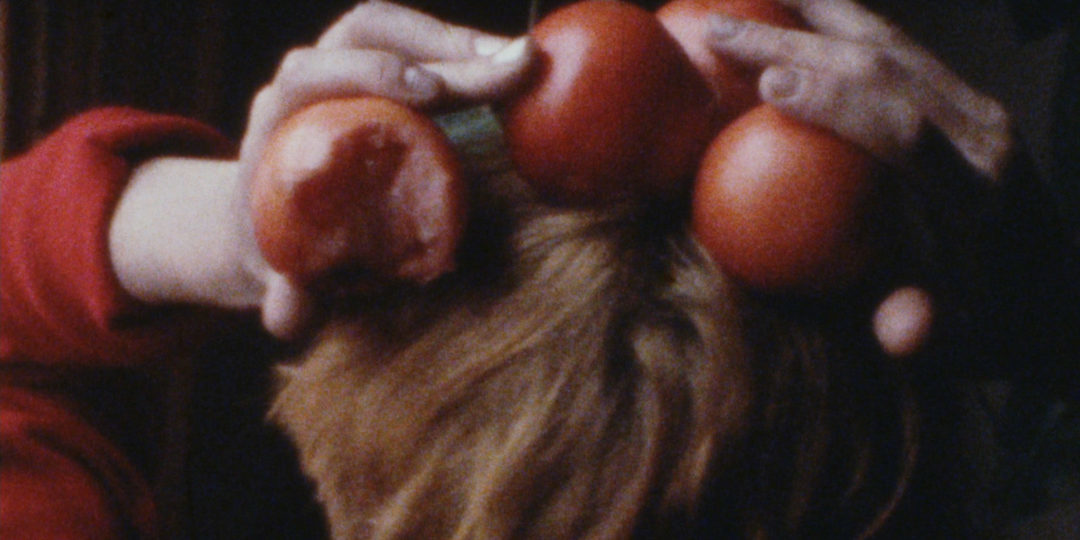
The People’s Cinema Takes Center Stage in MoMA Exhibit
The rise of home movies and amateur cinema — usually in 16mm, 8mm and Super 8 — made visual storytelling a more poetic, personal affair.
The rise of home movies and amateur cinema — usually in 16mm, 8mm and Super 8 — made visual storytelling a more poetic, personal affair.
Installation photography by Martin Seck
Due to the COVID-19 pandemic, The Museum of Modern Art is temporarily closed. The museum will continue to post updates about its open status, changes to exhibition dates, and community health and safety plans.

Upon entering the main lobby of New York City’s Museum of Modern Art from 53rd Street, one turns left at the member desk and follows a short hallway to an escalator that descends into the Yoshiko and Akio Morita Gallery at the Debra and Leon Black Family Film Center, where Private Lives Public Spaces is on display through July 5, 2020. Here, visitors observe rows and clusters of illuminated squares of various sizes, framed in wall-mounted flatscreen monitors, or projected directly onto gallery’s walls and hanging surfaces. Within these squares flit shadows of the past, some as clear as the day they were cast, others decrepit with age.
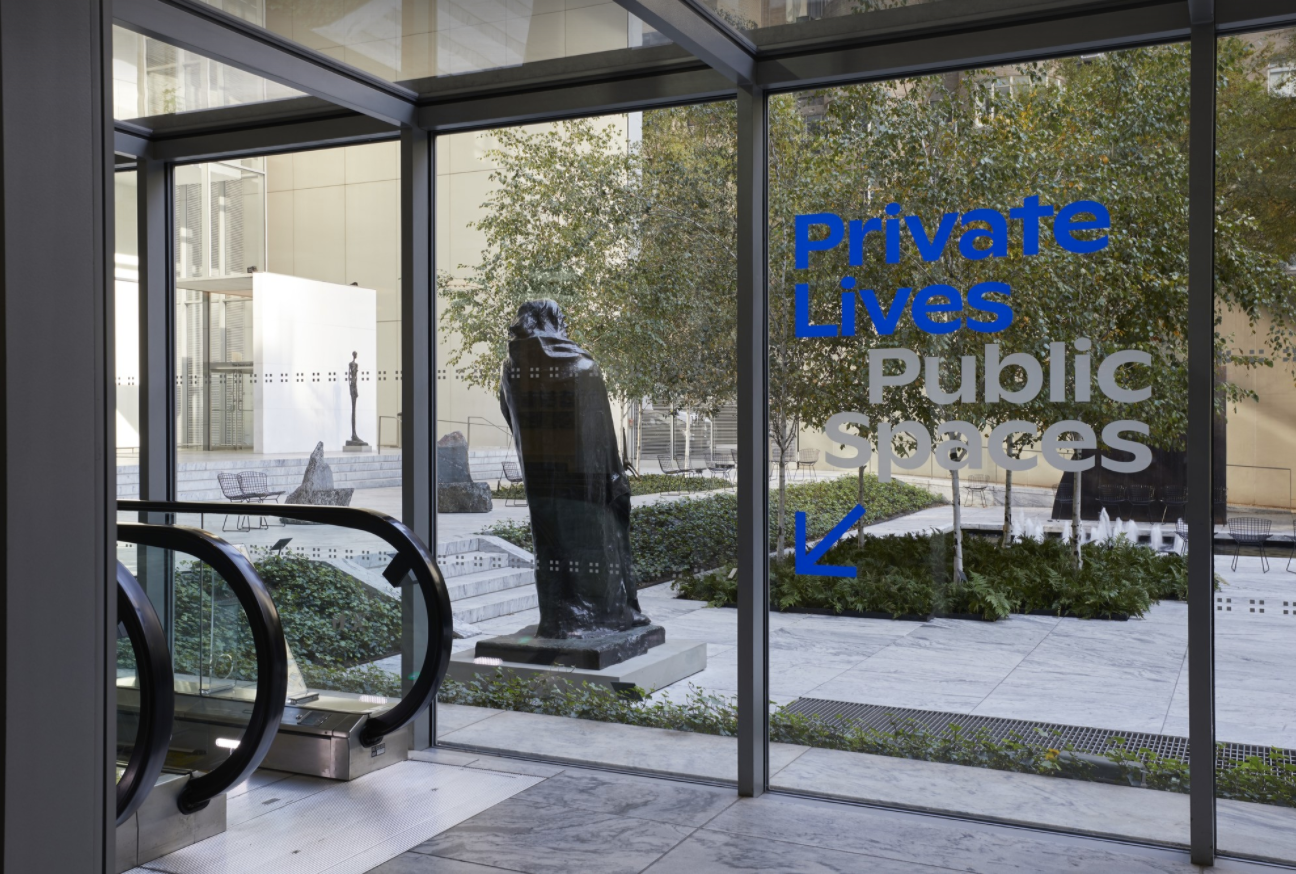
Organized by MoMA department of film curator Ron Magliozzi, curatorial assistant Brittany Shaw, collections manager Katie Trainor, preservation officer Peter Williamson, and collection specialist Ashley Swinnerton, Private Lives Public Spaces is an audiovisual homage to amateur and home movies — “the people’s cinema.” More than 600 reels dating from 1907 to 1996 were considered for the exhibition, and 200 reels were chosen for installation on 102 screens. “Different screen sizes and configurations loosely distinguish between interwoven groupings of ethnographic and social interest, family life, artist, and celebrity subjects, and the Museum’s institutional history,” reads the exhibit’s curatorial statement. “In an intimate gallery setting, it’s hoped that blurring the lines between the hardcore amateurism of family home movies, films by artful amateurs, and the work of artists who honor the amateur aesthetic will have an instructional effect.”
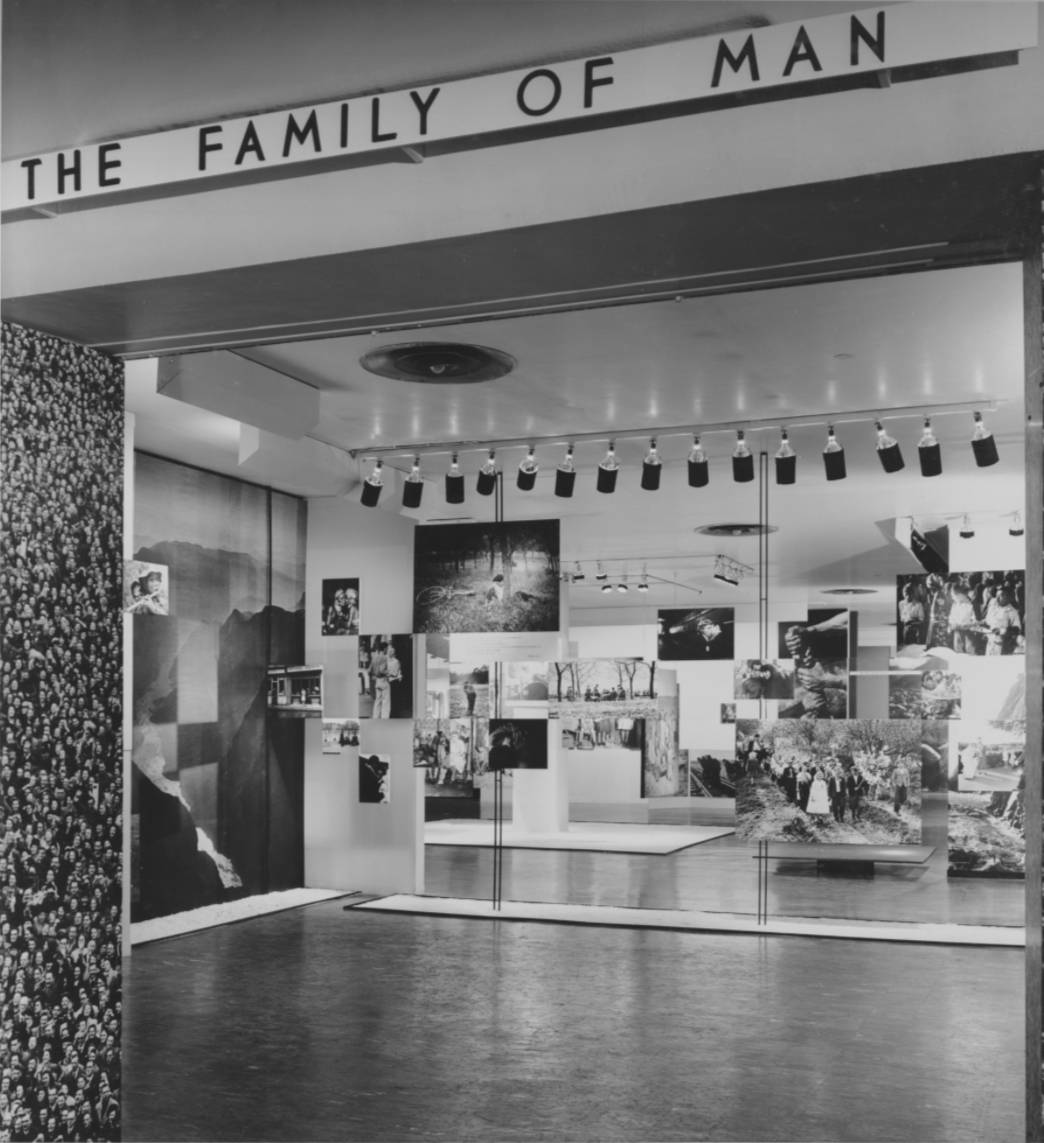
The salon-style format was influenced by MoMA’s 1955 exhibition The Family of Man, an ambitious photography show curated by photographer Edward Steichen and designed by architect Paul Rudolf. “We took inspiration from how the photographs were installed — a multitude of images — so that visitors experienced a visual overload,” Magliozzi remarks. “It’s like social media, the way you have to negotiate what you’re looking at.”
According to Trainor, the museum acquired many of its home movies “almost as an afterthought,” usually as part of a larger collection. “These are the everyday moments of people’s lives: weddings, birthdays, holidays, parades on main street. Nobody was taking them seriously as cinema. But while we were looking through them we started to see their poetry.”
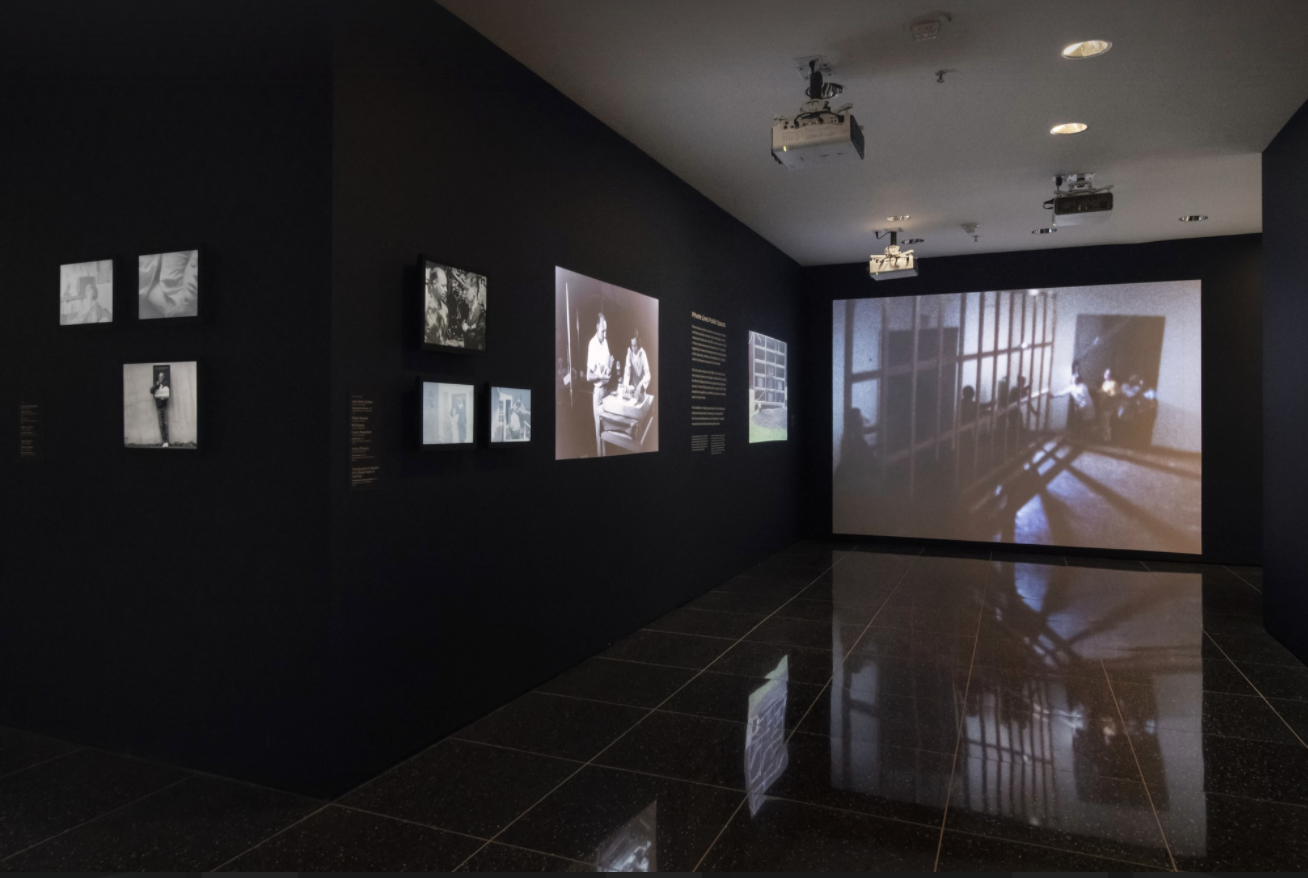
The first films on display as one enters the galleries are digital projections of MoMA’s nitrate storage cabinet tests, shot on 16mm in 1994, and the departure of Picasso’s Guernica from the museum in 1981. “Picasso asked MoMA to keep the painting for safekeeping during World War II,” explains Trainor. The museum didn’t want to make a big deal about returning it, but then-junior (now senior) conservator Anny Aviram loaned her Super 8 camera to photographer and MoMA’s then-head fine arts photographer Kate Keller Kobayashi to unofficially film the process of removing the painting from its frame and rolling it up for shipment. “This was the best way to send it safely, using hairdryers and other techniques they don’t use now [to soften the wax and allow the rolling of the canvas], which makes it historically interesting.”
All of the 16mm, Super 8, and Standard 8mm films in the exhibit were scanned at 2K, with mild color correction. (Some 16mm reels were also scanned at 4K.) “With certain exceptions, we didn’t do any restoration,” Trainor notes. “Most of these films are reversal, so from the moment they were first projected, they started showing wear.” Scanning duties were shared by 10 different labs, including BB Optics, Cineric, Deluxe and Metropolis Post in New York; The MediaPreserve and George Blood LP in Pennsylvania; Color Lab in Maryland; Cine Lab and Gamma Ray Digital in Massachusetts; and Image Protection Services and Roundabout Entertainment in Los Angeles. DPX “digital negatives” were delivered to MoMA’s associate media conservator Peter Oleksik, who transcoded them to 1440 x 1080 ProRes HD 422 HQ in-house masters, then HEVC h.265 for playback on the museum’s Brightsign LS423 and HD223 media players.
Two exceptions to this workflow were 35mm nitrate films dated 1929 and attributed to Douglas Fairbanks and Mary Pickford — one shot by Henry Sharp, ASC (Spanish People at Pickfair, above) and the other by an unknown cameraman for Japanese studio Shochiku Kinema. These were scanned at 4K by Cineric, one of the few remaining film labs equipped to handle nitrate. Minor restoration work was done on them, as well as 3-minute 35mm nitrate film from MoMA’s Biograph Collection entitled Private Mr. Kennedy (1907), in which Biograph studio president Jeremiah J. Kennedy visits an unidentified film set with his two young daughters.
Salvador Dalí appears in a 2-minute 16mm reel photographed at his Portlligat home in 1954. The artist putters about his garden, disheveled and somewhat out of costume, but aware of and comfortable with being filmed. By connecting this seemingly candid moment to Dalí’s public persona, the exhibit dialogues with present-day habits of personal branding. “The possibility of commodifying your personal life didn’t exist for people in the Super 8 era,” Trainer opines, “but there are still there are similarities and common threads of intention between taking a selfie and making a home movie: wanting to see yourself, wanting to capture moments that will last beyond yourself, or just making something and sharing it.”
It was important for the curators that the display screen size matched their media’s native aspect ratio, so they had all of the show’s HD monitors custom-built by TRU-Vu Monitors in Illinois to display the full scanned film image with no pillarboxing. On the gallery’s lower level, 41 flatscreen LCD monitors ranging from 37” to 10” in size hang in a salon-style grouping. Taken as whole, a pattern of common experience emerges, its discrete parts perceivable only in the authors’ names — John and Faith Hubley, Russ Meyer, Douglas Fairbanks, and Mary Steichen documenting the same personal moments as the Roys, the Swinnertons, and the Magliozzis down the street.
One of the things that ties these and the rest of the films in Private Lives Public Spaces together is that none of them were made with the intention of screening publicly. “All home movies are amateur films,” Magliozzi comments. “Amateur films are about the things that people love — the root of amateur is the Latin amare, ‘to love’ — art, friends, families, pets, the patterns of private lives.” But not all amateur films are home movies, he continues, pointing to the inclusion of pieces by Andy Warhol, Cindy Sherman, and Charles Henri Ford, whose artistic output often rides the boundary between private and public.
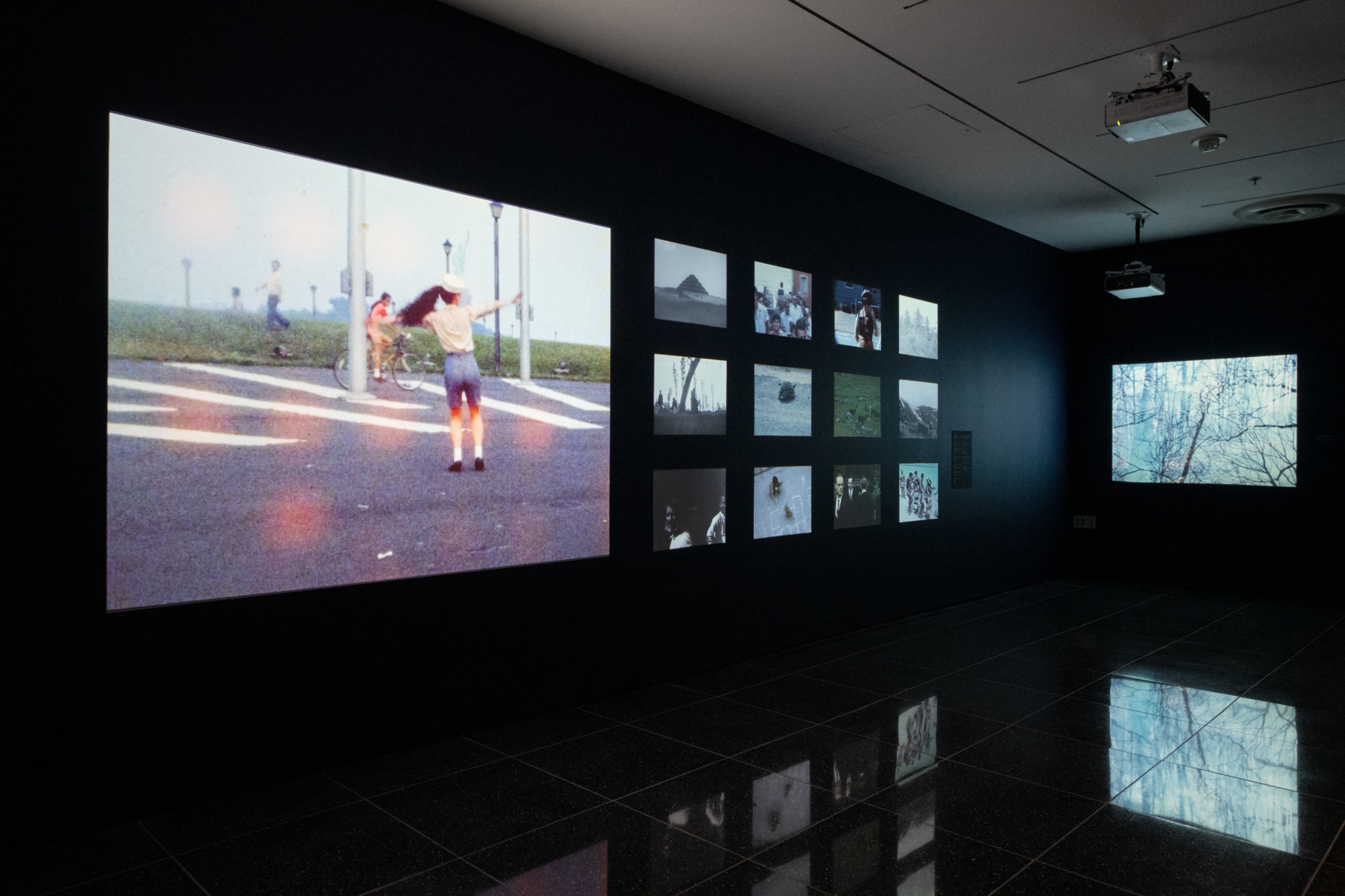
Opposite the family salon is the ethnographic display, featuring amateur travelogues with titles like Egypt, Athens, Smyrna and Flower Festival, Mexico City arranged by audiovisual design manager Aaron Harrow in a 4 x 3 grid in Adobe After Effects and projected onto the wall. Next to it, a 12-minute projection of 16mm film shot by one Victor Ginsburg on a cloudy day in 1981 at Liberty State Park plays on a loop. In it, a clique of teenagers mug and dance for the camera as Lady Liberty looms in the background.
“We don’t know where he is or if he’s still alive,” says Trainor, of Ginsburg. One of the girls dances with a small transistor radio in her hand. “I’m fascinated by this film. Is it intentional, or did he ask to film her because she’s hanging out with her friends? You can tell she’s a dancer because she’s got that dancer’s walk.”
Forensics were sometimes called for when attempting to discern the particulars of an unidentified filmmaker’s work. “If we don’t know who they are or can’t determine the provenance, we can more or less determine the year by looking at what’s in the frame, or by the edgecode,” Trainor remarks. According to Kodak’s A Guide to Identifying Year of Manufacture for KODAK Motion Picture Films: “KODAK Motion Picture Films include manufacturing dates, latent image printed, usually in the margin area outside of the perforations. The dating scheme has changed over time and is equipment dependent. Earlier products used symbols to identify the year of manufacture. When Kodak introduced machine-readable KEYKODE Technology on certain products, those products converted to two-digit alpha characters to indicate year of manufacture.” (Edgecode formats for a variety of defunct stocks can be found here.)
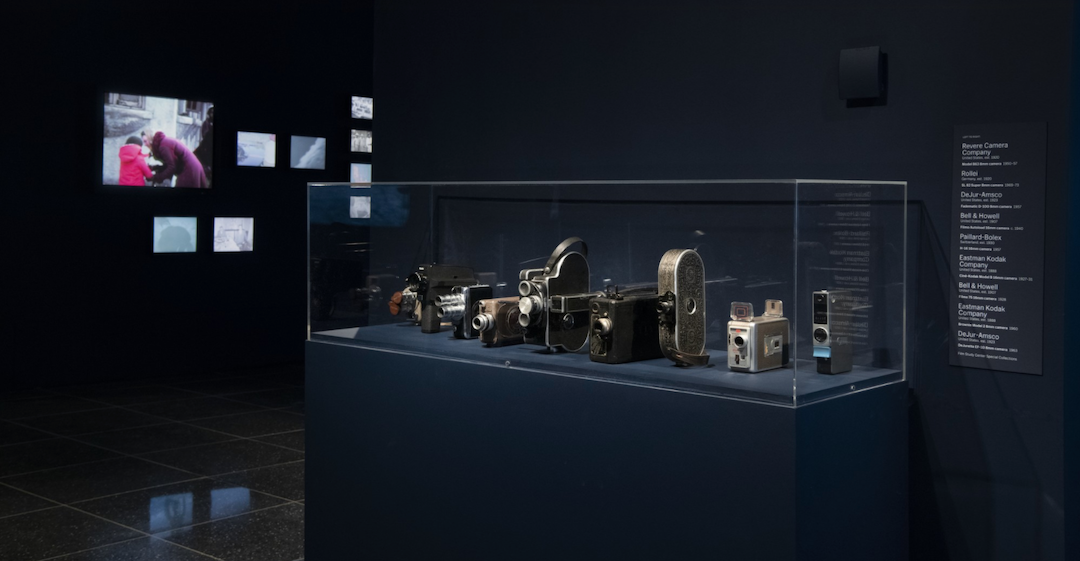
A film’s format also reveals something about the people who shot it. Eastman Kodak introduced 16mm film in 1923 as an affordable alternative to 35mm film. A decade later, Standard 8mm entered the market as an affordable alternative to 16mm. Super 8 was introduced in 1965 to replace Standard 8. Says Trainor, “If something was on 16mm, it was most likely a wealthier family’s.”
Another trait of home movies that crosses class boundaries is a tendency towards neglect. American filmmaker Russ Meyer bequeathed his home movies to MoMA in 2004, and when they took delivery of the material more than a decade later, it was found stacked in weather-beaten aluminum sheds on Meyer’s Hollywood property. “Most of it was film prints and magnetic sound reels in cardboard boxes, and it was in really bad shape,” Trainor laments. “It was exposed to sunlight and heat. Rain had gotten in. Vinegar syndrome. We had to throw away so much stuff.”
What the museum retained of Meyer’s home movies was still so physically damaged that Color Lab needed to chemically “relax” the film through a process called replasticization, giving digital imaging technicians a short window of time to scan it before it curled up again.
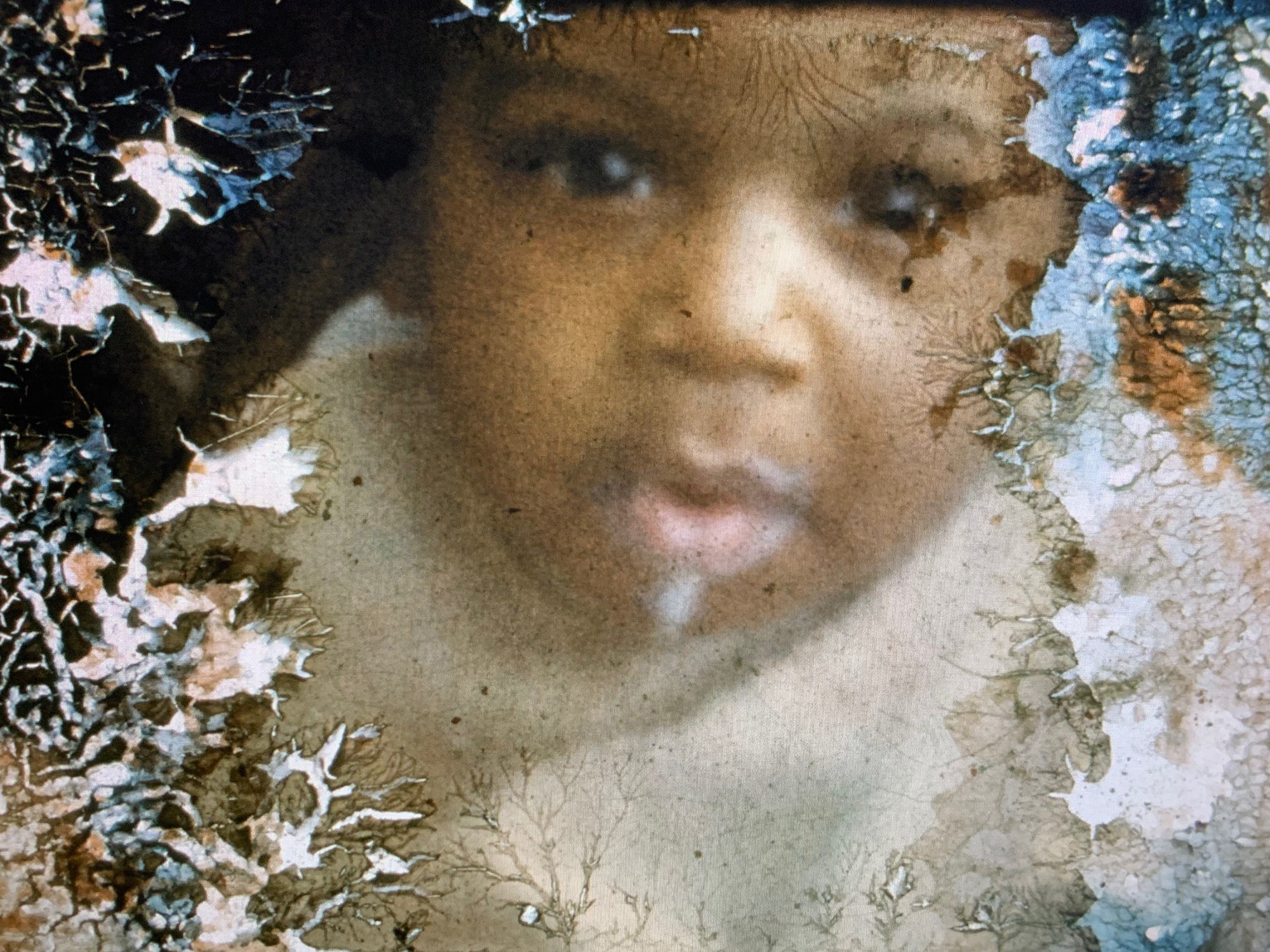
In other cases, the image decay of a home movie can as beautiful and mesmerizing as any intentional work of direct cinema — recalling the work of Stan Brakhage or Bill Morrison — as was the case with the David H. Jarret home movies acquired from Pittsburgh's Orgone Archive. From what MoMA's curators were able to discern from the mold-encrusted 8mm footage of relatives, neighbors, and friends, Jarret was a fireman from a middle-class black family in Pittsburgh, and based on film forensics, public signage, and vehicle license plates, they were able to date the film to a span of time ranging from 1958 to 1967.
“Postproduction for home movies is neglect,” says Magliozzi “You show them once and then you forget about them. We felt that the affect neglect should be preserved.
Magliozzi and the rest of the Private Lives Public Spaces curatorial team consider the exhibit a call to action for people to look into their closets and attics for their own home movies, and to preserve them in a digital format for future generations. “This is the largest body of motion picture work created in the 20th century, yet the most overlooked,” he remarks. “If people don’t archive their material, it’s going to disappear, and people shooting video on their phones today are not making any greater effort to save it than those who shot film in the 8mm and 16mm era.”
As for MoMA, the home movies in their collection that weren’t chosen for display are now catalogued with condition notes and housed in the museum’s climate-controlled film vaults. “We have a list of things to digitize next when we have the budget,” says Magliozzi “The current situation [with COVID-19] will have a big impact on museums and archives in terms of preservation, but if we did another Private Lives Public Spaces, we know what will end up in it.”
While the Museum of Modern Art is temporarily closed, selections from this and other exhibits are available to view online as part of their "Virtual Views" program.
